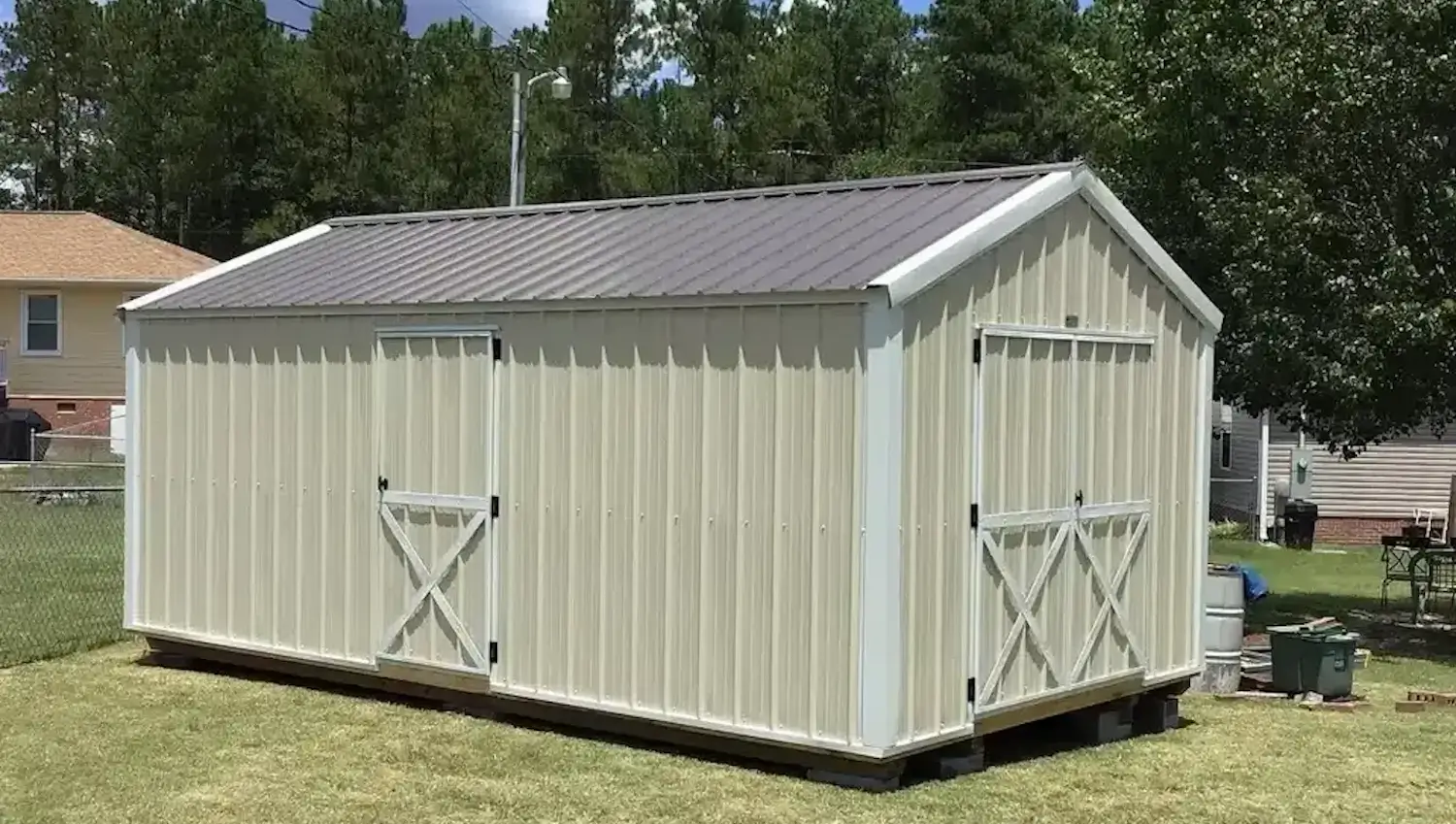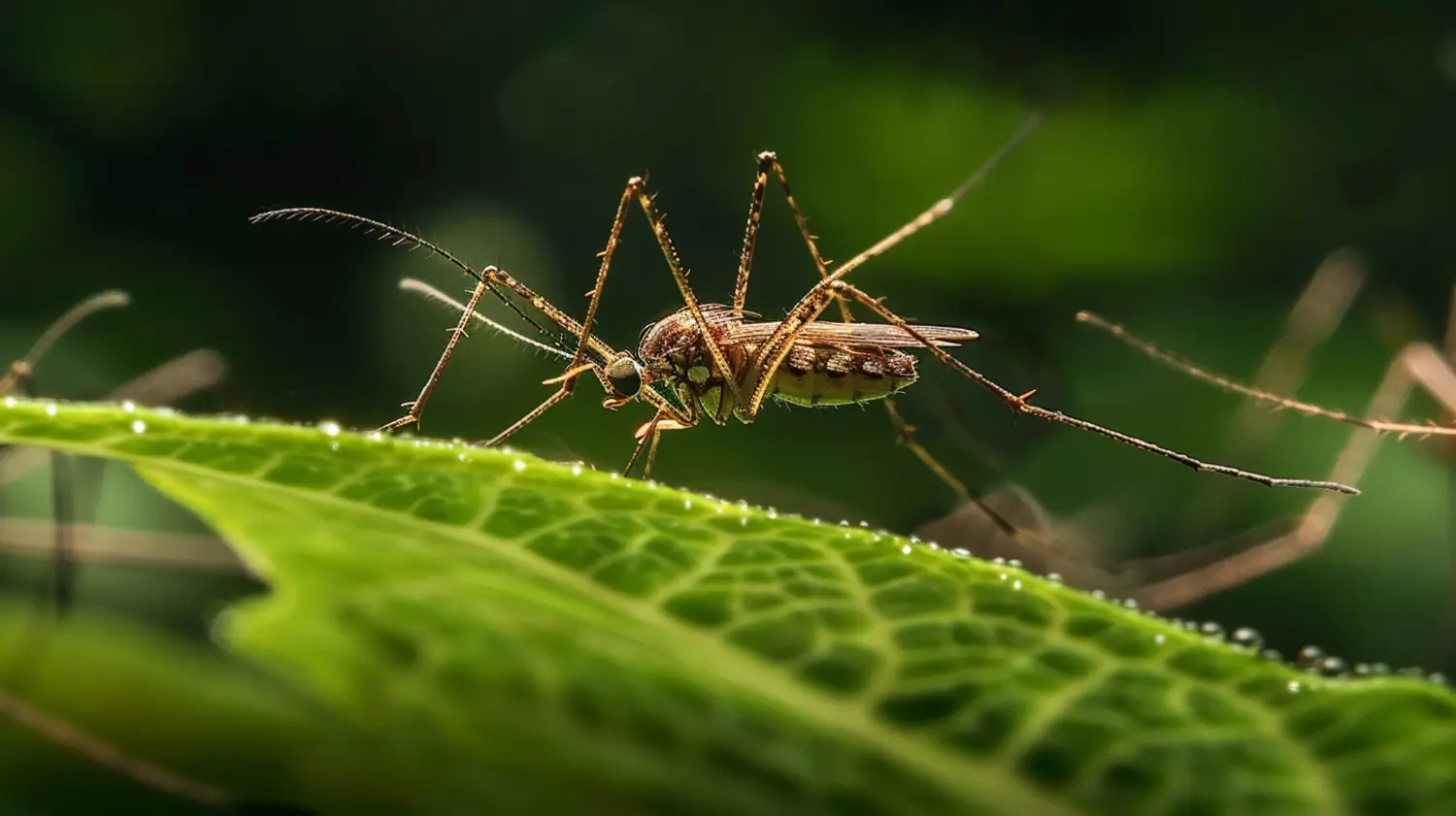
August 24, 2025

Mosquitoes can transmit serious diseases, such as West Nile virus, Zika, dengue and malaria. Mosquitoes kill more than 700,000 people globally each year, according to health experts. To make matters worse, they spawn in tiny pools of standing water, often in the places people cannot think about: birdbaths, flowerpots, gutters and rain barrels. The best defence against mosquitoes, is to prevent them from developing wings and taking to the air.
One sound and safe method to do this is to use mosquito dunks. Mosquito dunks are small, circular tablets that humans put in standing water where mosquitoes breed. These dunks are made with natural ingredients that kill mosquito larvae but aren’t harmful to pets, fish, birds or beneficial insects like bees.
Each dunk is effective for up to 30 days, providing an easy and long-lasting way to kill mosquitoes. Growcycle provides eco-friendly and natural gardening, water management and pest control solutions through with its online platform.
To keep those pesky bugs at bay, it’s important to understand their growth cycle in order to control them effectively. There are four life stages of mosquitoes; egg, larva, pupa and adult. There are stages of development that influence how rapidly mosquitoes breed and disperse.
Mosquito dunks are small, donut-shaped tablets that kill mosquito larvae in water that sits still. They're often referred to as biological control products because they employ natural bacteria, unlike nasty chemicals. The dunks are placed in water where mosquitoes breed, including ponds, birdbaths, rain barrels or ditches.
The active ingredient in mosquito dunks is a naturally occurring bacterium, Bacillus thuringiensis israelensis, known as Bti. This soil-dwelling bacterium has been used safely for decades to control insects. It is harmless to humans and animals yet highly effective at treating mosquito larva.
How Mosquito Dunks Work
A mosquito dunk releases Bti slowly when placed in standing water. The bacteria are eaten by mosquito larvae in the water. After they consume it, Bti penetrates their stomach lining and they cease to eat and die within hours. This interrupts the mosquito’s life cycle before they can become biting adults.
Each mosquito dunk can treat up to 100 square feet of surface water and lasts for up to 30 days. It’s suitable for fish ponds, livestock troughs, water gardens and other environments where water should not be drained.
The special thing about mosquito dunks is their safety profile. Bti targets only mosquitoes, black flies and fungus gnat larvae. It’s not harmful to fish, birds, pets or people, nor to beneficial insects such as bees and butterflies. That makes mosquito dunks great for families, gardeners, and those who want to protect the environment when controlling mosquitoes.
Smart, natural, and long-lasting, mosquito dunks reduce mosquito problems around homes and gardens, farms and outdoor locations. They offer numerous advantages for individuals looking for a safe and easy method of mastering mosquitoes.
Mosquito dunks have another big advantage in that they are non-toxic. The active ingredient, Bacillus thuringiensis israelensis (Bti), only targets mosquito larvae. It does not harm humans, pets, birds, fish or beneficial insects like bees and butterflies. Mosquito Dunks are safe to use in family yards, pet areas, ponds, and around livestock.
Mosquito dunks represent one green alternative to chemical sprays and foggers. Because Bti is a naturally occurring soil bacterium, it doesn’t pollute waterways and is not harmful to the environment. It biodegrades and does not leave behind any harmful residues, enabling safe use in gardens, wetlands and protected areas.
Mosquito dunks are very easy to use. Simply toss a dunk into any “dirty” water; it requires no special tools or mixing. Each dunk gradually releases Bti, lasting for 30 days, providing long-term protection with little day to day upkeep. One dunk targets roughly 100 square feet of surface water, so even a few dunks can go a long way.
Mosquito dunks prevent mosquitoes from maturing into adults. They kill the larvae in the water, decreasing the number of mosquitoes that mature to bite and spread disease. This is a much more effective and sustainable solution than simply spraying or trapping adult mosquitoes.
Each dunk lasts up to a month and covers a large area, making them a good value for the money. Mosquito dunks can also be less expensive for many people than regular chemical applications or professional pest control.
Mosquito dunks are approved by the Environmental Protection Agency and are widely recommended by public health departments. They are trusted weapons in mosquito control programs, used even in schools, parks and organic farms.
Mosquito dunks are easy to use, but the right way to use them can make a big difference in their effectiveness.
Mosquito dunks are meant for standing water. These are environments where mosquito larvae develop. Some examples include:
Simply place the dunk into the water; no stirring or mixing is required. The Bti bacteria are released into the water as they float and dissolve over time. For small water areas (less than 25 sq ft), split the dunk into quarters or halves. This avoids waste but still provides sufficient Bti to kill the larvae.
Each dunk lasts for about 30 days, depending on water temperature and conditions. Replace the dunk after every 4 weeks for optimal results, particularly during spring and summer when mosquitoes breed more frequently.
Utilize more dunks if a pond or wetland is larger than 100 square feet. Release Bti into the water by spreading them evenly.
To get the most out of mosquito dunks and ensure they work effectively, it’s important to follow a few best practices. These simple steps can help to achieve optimal results:
Bti (the active ingredient in mosquito dunks) is most effective in warm water temperatures. Anything above 50°F (10°C) is ideal for mosquito larvae to thrive. This is when they are most active and feed in large amounts, making them vulnerable to the Bti bacteria.
Dunks are most effective in clean or mildly cloudy water. In order to work, the Bti must be evenly dissolved in the water and eaten by the mosquito larvae. If the water is so dirty or debris-filled that larvae don’t consume enough Bti, the dunk may not work as it should.
After placing the dunk in the water, it is important to monitor for signs of larvae activity. Mosquito larvae are usually visible at the water’s surface, moving in a wiggling motion, often resembling tiny worms. The dunk targets these creatures, and their activity indicates that the dunk is having an effect.
Some water bodies can be difficult to reach or treat. This includes deep ditches, dense vegetation around ponds, or hidden water sources like clogged gutters or old tires. These areas often hold mosquito larvae but may be hard to treat manually.
Mosquito dunks are easy to use and effective, but there are a few common mistakes that can lessen their effectiveness.
There are many different methods to control mosquitoes, but no one operates quite like mosquito dunks. To compare with other common approaches so users can understand the pros and cons of the two different ways.
These are sprays or fogs of chemical insecticides that kill adult mosquitoes and sometimes larvae. They act quickly, but they often contain harmful compounds such as pyrethroids, which can be toxic to humans, pets and wildlife.
Chemical sprays specifically target adult mosquitoes, while mosquito dunks are about eliminating larvae before they develop into adults. Dunks are safer to people, pets and the environment, and because they attack the source (the larvae in stagnant water), they often deliver longer-lasting control with fewer applications.
Fish such as Gambusia (or mosquito fish) consume mosquito larvae in a body of standing water. They can be introduced into ponds and water gardens to help control larvae in a natural way. Certain birds, dragonflies and other insects also eat mosquito larvae or adult mosquitoes, and can play a role in controlling them.
Although mosquito fish and predators do reduce mosquito populations, they aren’t always able to get to the smaller intermediate pools of water such as birdbaths, flower pots or rain barrels. Mosquito dunks, on the other hand, are made to treat every kind of standing water. They give localized, efficient control even in those crannies where even predators can’t go.
Integrated pest management (IPM) is a holistic approach to pest management that employs several strategies to minimize mosquito numbers. IPM involves:
Mosquito dunks are important for preventing mosquito larvae from turning into adults. They can be included as part of an integrated pest management program (IPM) that includes:
Mosquito dunks are a simple measure to reduce the mosquito population in an area. By standing water, they can catch mosquitoes before they bite and transmit diseases. Visit Growcycle for having and enjoying a mosquito-free outdoor space without harmful chemicals.
Disclaimer: This material is for informational purposes only and should not be relied on for legal, medical, financial, or any other form of professional advice.
Mosquito dunks are both safe and effective. They exude a natural bacteria, Bti, that destroys mosquito larvae without hurting other wildlife.
Yes, mosquito dunks slowly dissolve in the water and release Bti to kill mosquito larvae for up to 30 days.
Yes, mosquito dunks will kill mosquito larvae in standing water as they are not harmful to other animals.